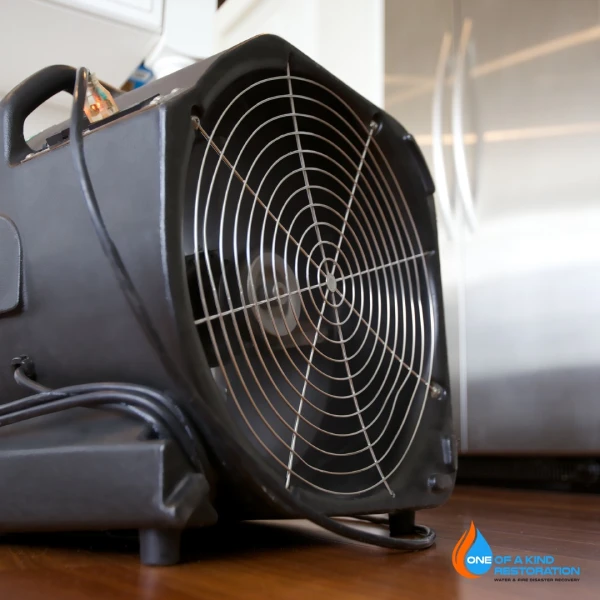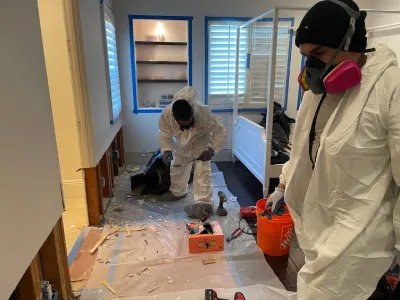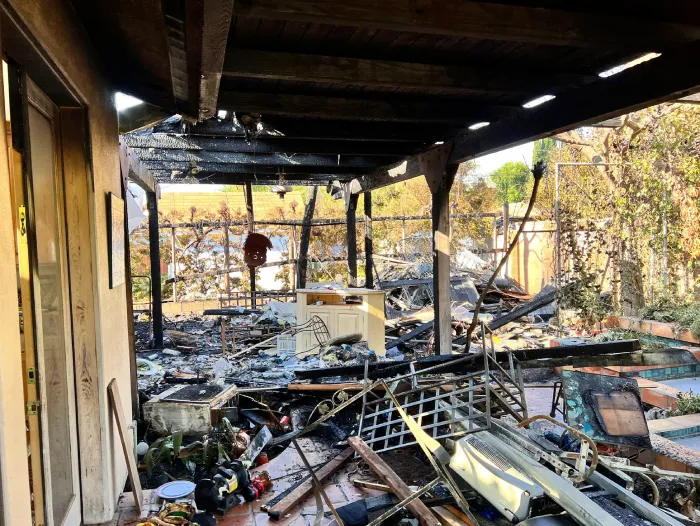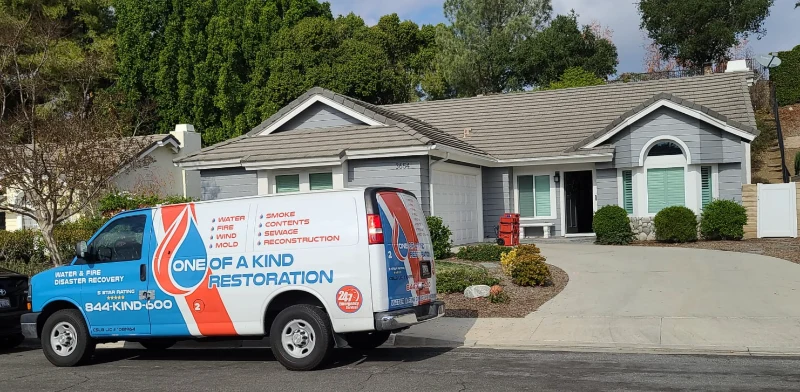Flooding can be a devastating experience for homeowners in Los Angeles, especially considering the risk of water damage and mold growth in its aftermath. However, knowing how to respond effectively can make all the difference in minimizing the damage and restoring your home to its pre-loss condition. In this guide, we’ll provide Los Angeles residents with a step-by-step plan for dealing with the aftermath of flooding, covering water damage restoration and mold prevention.
Step 1: Ensure Safety First
The safety of you and your family should always be the top priority. Before entering your home after a flood, ensure that it’s safe to do so. Check for structural damage, electrical hazards, and gas leaks. If there’s any doubt about safety, wait for professionals to assess the situation.
Step 2: Document the Damage
Take photos and videos of the flood damage to document the extent of the destruction for insurance purposes. This documentation will be crucial when filing a claim with your insurance company.
Step 3: Remove Standing Water
Promptly remove any standing water from your home using pumps, wet vacuums, or buckets. The longer water sits, the greater the damage it can cause, including structural damage and mold growth. Professional restoration and remediation companies play a crucial role in safely and effectively addressing water damage, including water extraction. Here’s why relying on professionals for water extraction is safer for homeowners:
- Electrical Hazards: Standing water in the home poses a significant risk of electrical hazards, especially if the water has infiltrated electrical outlets, appliances, or wiring. Water is an excellent conductor of electricity, and exposure to electrical currents in flooded areas can lead to electrocution or severe injuries. Professionals are trained to identify and mitigate these hazards safely, using specialized equipment and techniques to extract water without compromising safety.
Example: Suppose a homeowner attempts to remove standing water from their basement without realizing that floodwaters have infiltrated electrical outlets or appliances. In this scenario, the homeowner could inadvertently come into contact with live electrical currents, resulting in electrocution or electrical shock.
- Structural Integrity: Excess water in the home can compromise the structural integrity of the building, leading to potential collapses or structural failures. This risk is particularly heightened in areas with waterlogged walls, floors, or ceilings, as prolonged exposure to moisture can weaken building materials and cause them to deteriorate over time. Professional restoration companies have the expertise and equipment to assess structural damage accurately and safely extract water without causing further harm to the property.
Example: If a homeowner attempts to extract water from a water-damaged ceiling without considering its structural integrity, they may inadvertently weaken the ceiling’s support and risk collapse or injury. Professionals can evaluate the extent of damage and take appropriate measures to reinforce weakened structures before extracting water.
- Mold Growth: Standing water provides an ideal breeding ground for mold and mildew, which can proliferate rapidly in damp, humid environments. Mold growth not only damages building materials and belongings but also poses health risks to occupants, including respiratory issues, allergies, and other health concerns. Professional restoration companies have the expertise and resources to detect and mitigate mold growth effectively, preventing further damage and protecting the health of homeowners and their families.
Example: If a homeowner attempts to extract water from a flooded area without proper ventilation or moisture control measures, they may inadvertently create conditions conducive to mold growth. Professionals use specialized equipment such as dehumidifiers and air movers to control humidity levels and prevent mold proliferation effectively.
Step 4: Dry Out the Area
Thoroughly dry out the affected area using fans, dehumidifiers, and open windows if weather permits. Proper drying is essential for preventing mold growth and further damage to your home’s structure and belongings.
Step 5: Clean and Disinfect
Once the area is dry, clean and disinfect all surfaces, including walls, floors, and furniture, to remove bacteria, viruses, and contaminants carried by the floodwaters. Use a solution of water and bleach or a commercial disinfectant for best results.
Step 6: Remove Damaged Materials
Dispose of any items that cannot be salvaged, such as heavily damaged furniture, carpeting, and drywall. Mold can quickly develop on porous materials, so it’s essential to remove them promptly to prevent further contamination.
Step 7: Address Mold Growth
When inspecting your home for signs of mold growth, be vigilant for indicators such as musty odors, discolored walls or ceilings, and visible patches of mold. Should you discover mold infestation, it’s imperative to address it promptly and effectively to safeguard both your property and your health. While numerous restoration companies specialize in mold remediation, it’s essential to recognize that not all may offer comprehensive mold testing services. Therefore, if you suspect mold but require testing for confirmation, it’s advisable to seek out a reputable Mold Testing company in your local area. By partnering with professionals who specialize in mold testing, you can ensure accurate assessments and appropriate measures to address any mold-related concerns within your home.
Step 8: Prevent Future Flooding
Take steps to prevent future flooding by addressing any drainage issues around your home, installing a sump pump, and waterproofing basements and crawl spaces. Consider landscaping changes to direct water away from your home’s foundation.
Step 9: Work with Professionals
When inspecting your home for signs of mold growth, be vigilant for indicators such as musty odors, discolored walls or ceilings, and visible patches of mold. Should you discover mold infestation, it’s imperative to address it promptly and effectively to safeguard both your property and your health. While numerous restoration companies specialize in mold remediation, it’s essential to recognize that not all may offer comprehensive mold testing services. Therefore, if you suspect mold but require testing for confirmation, it’s advisable to seek out a reputable Mold Testing company in your local area. By partnering with professionals who specialize in mold testing, you can ensure accurate assessments and appropriate measures to address any mold-related concerns within your home. Additionally, for extensive flood damage or mold growth, don’t hesitate to seek help from professionals. A reputable water damage restoration company can assist with cleanup, drying, and mold remediation to ensure your home is restored safely and efficiently.
Step 10: Stay Informed and Prepared
Stay informed about potential flood risks in your area and take proactive measures to protect your home and family. Keep emergency supplies on hand, including flashlights, batteries, food, water, and a battery-powered radio, in case of future emergencies.
Dealing with the aftermath of flooding can be overwhelming, but by following these essential steps, Los Angeles homeowners can effectively address water damage restoration and mold prevention. Remember to prioritize safety, document the damage, remove standing water promptly, thoroughly dry out the area, clean and disinfect surfaces, remove damaged materials, address mold growth, prevent future flooding, work with professionals as needed, and stay informed and prepared for future emergencies. With proper planning and action, you can minimize the impact of flooding on your home and regain peace of mind.
For more information contact One of a Kind Restoration in Los Angeles by visiting our website or calling 844-237-9930.







